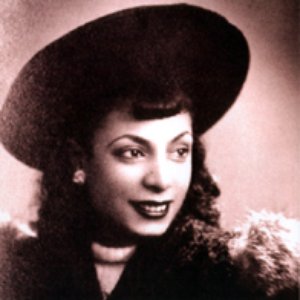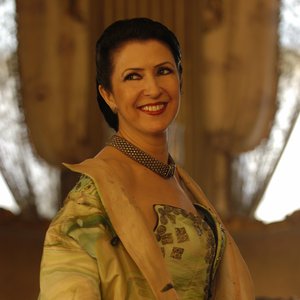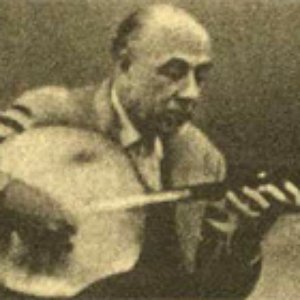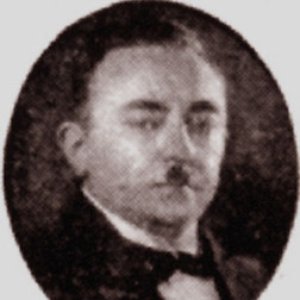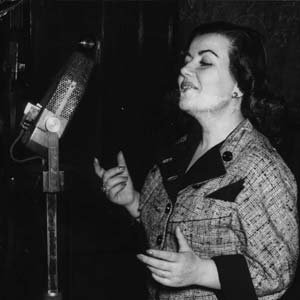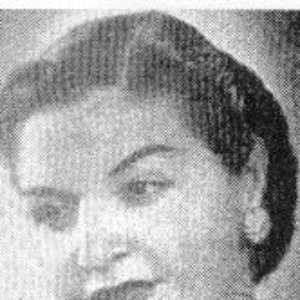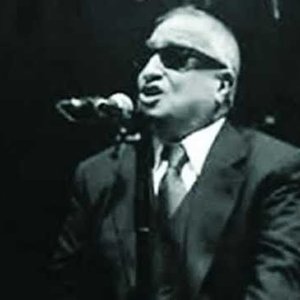Biography
-
Born
1900
-
Born In
İstanbul, Turkey
-
Died
27 April 1981 (aged 81)
Münir Nurettin Selçuk was born in 1901 in Istanbul and died in the same city on 27th April 1981. Having received his early musical training in Darü'l-Feyz-i Musiki, an Ottoman musical society founded in the 1910s, Selçuk entered Darülelhan, the first national conservatory of Ottoman Turkey, where he became the student of Zekaizade Ahmed Efendi (Zekai Dede's son), who was one of the most prominent musical authorities of his time and who had an amazingly exrensive knowledge of the classical Ottoman music repertoire. In the following years of his early musical career he also joined the Sark Musikisi Cemiyeti, a well-known musical society where several talented and knowledgeable musicians were active, such as Ali Rifat Çagatay and Bestenigar Ziya Bey. The young Selçuk first made his debut as a soloist in the concerts given by the ensemble of this society.
Sponsored by His Master's Voice record company, he went to Paris in 1928 and took private musical lessons for two years to improve his vocal technique. On his return, on 22nd February 1930, he gave a concert at the French Theatre in Beyoglu, which would mark a turning point in the performance of Ottoman classical music. This historic concert given for the first time in Turkish music on a modern stage was followed by a series of concerts. His singing style, supported by improved vocal technique, introduced a new performance standard into Turkish music. Selçuk was also the first singer who performed music standing up throughout the concert. Before this concert it was customary for traditional singers to sing sitting comfortably and making music for small audiences in private gatherings, and in smaller venues.
Starting in the early 1920s, Selçuk regularly recorded 78 r.p.m. disks for His Master's Voice, Orfeon Record, Polydor, Odeon, and Pathe record companies. These records made him a renowned musician throughout Turkey. In 1954 he was named as the of conductor of the Ensemble of the Istanbul Conservatory and conducted more than three hundred concerts, from 1954 to 1976, which was the most brilliant period in the history of this ensemble.
Selçuk is undoubtedly the most influential singer of late Ottoman music. His influence is incomparable with that of any other singer of Turkey. His musical performance has been so decisive that singing styles in this century can only be described by "before Selçuk" and "after Selçuk" distinctions.
Selçuk's most significant technique is that he introduced a more plain, a straight, and certainly a more musical style in singing. The older singers had exclusively the habit of using too many guttural ornaments for trills. These ornaments were peculiar to the style of the Qoran reciters. He removed to a large extent those guttural trills from vocal performance. Selçuk also felt it was necessary to make a clear distinction between religious music and secular music and through a completely new performance he made a "secular" definition of the gazel the Ottoman vocal improvisation. In general, he achieved the most relevant style of performance for each religious and secular compositional form. However, the novelties he introduced into performance were not at all alien to the nature of Ottoman classical music. Thus he ably welded the old and the new, the traditional and the modern in performance.
Selçuk's knowledge of the classical Ottoman music repertoire was immense. Even a cursory look at his 78 rpm. records would suffice to give an idea of the compositions he knew. Moreover, he knew the most genuine versions of the compositions in the repertoire.
Selçuk was a unique singer who could use his voice like a musical instrument. Classical Ottoman music, which made a great leap in terms of performance in the twentieth century, produced two major peaks: Tanburi Cemil Bey in instrumental music, and Münir Nurettin Selçuk in vocal music. What Selçuk achieved was simply the vocal counterpart of what Tanburi Cemil had done in instrumental music.
Apart from the records he made for commercial record companies, Selçuk made records solely for academic and archival purposes, for the Istanbul Conservatory. These records that include the most distinguished examples of secular and religious Ottoman music have never been sold in the musical markets and they have been doomed to gather dust in obscure archives.
Artist descriptions on Last.fm are editable by everyone. Feel free to contribute!
All user-contributed text on this page is available under the Creative Commons Attribution-ShareAlike License; additional terms may apply.

